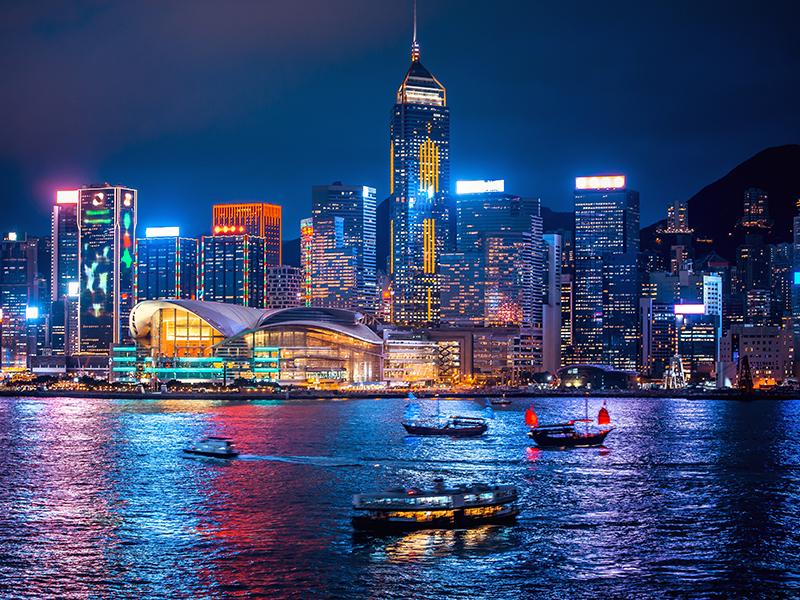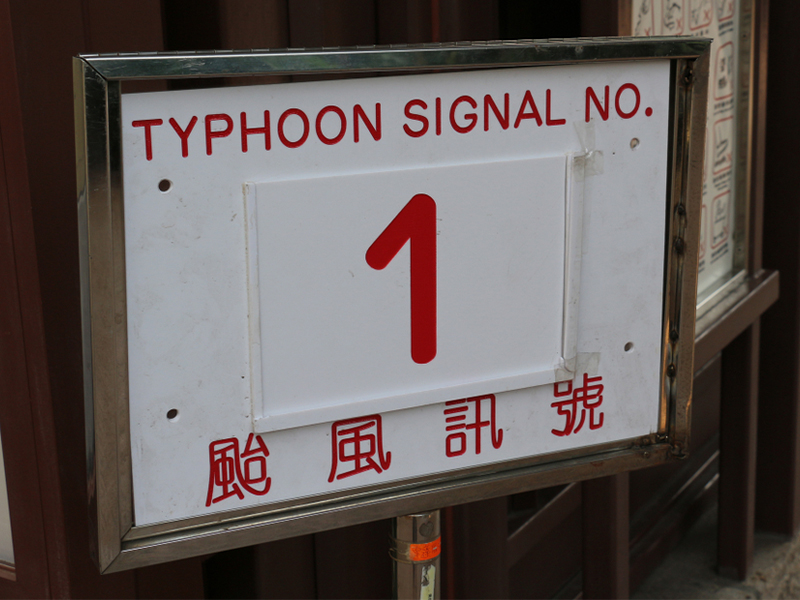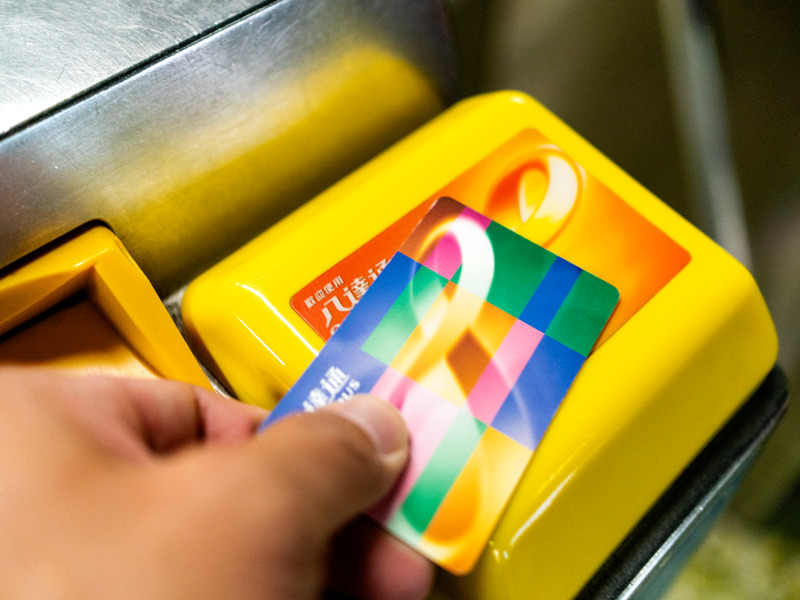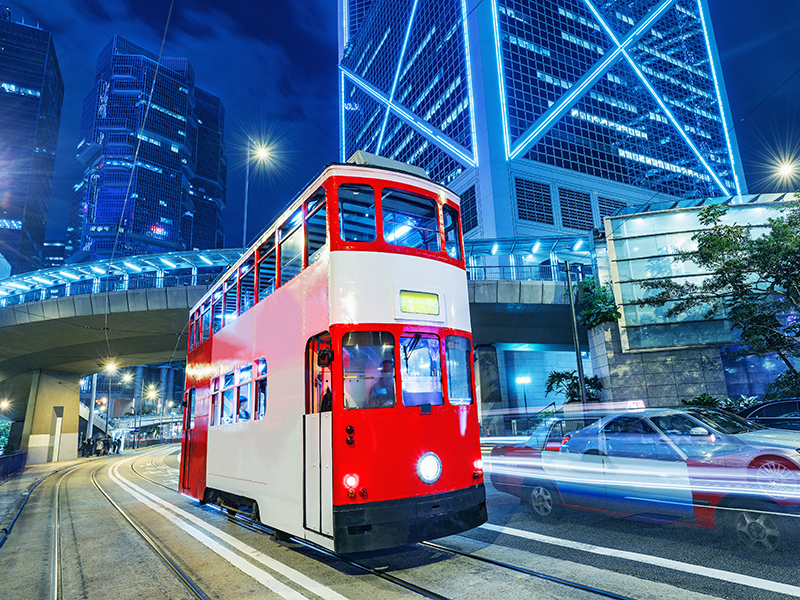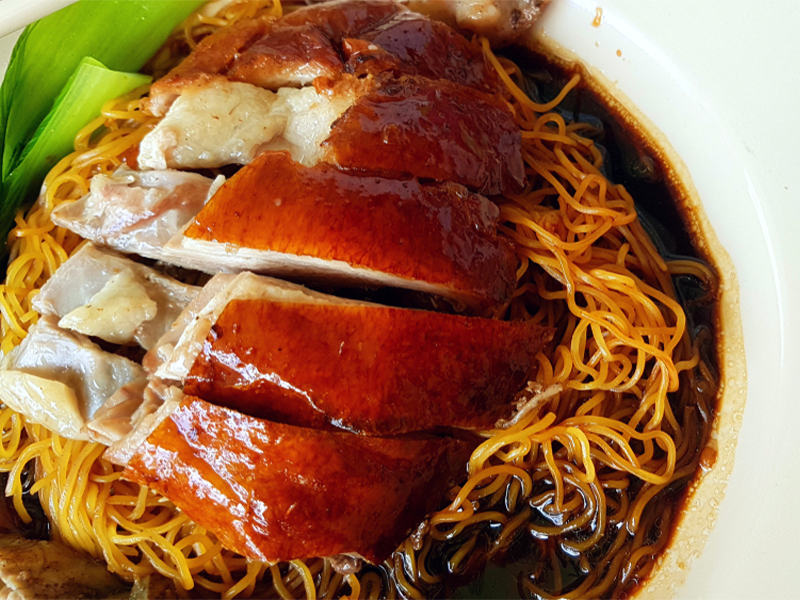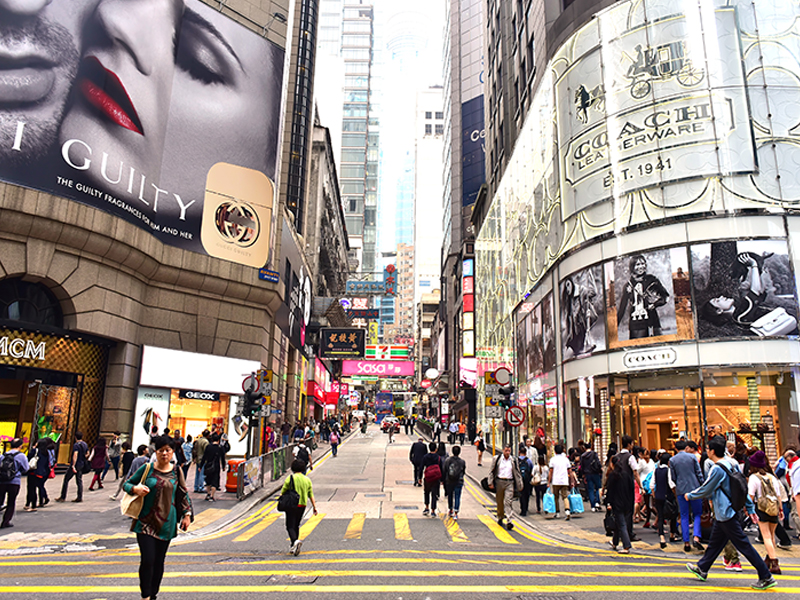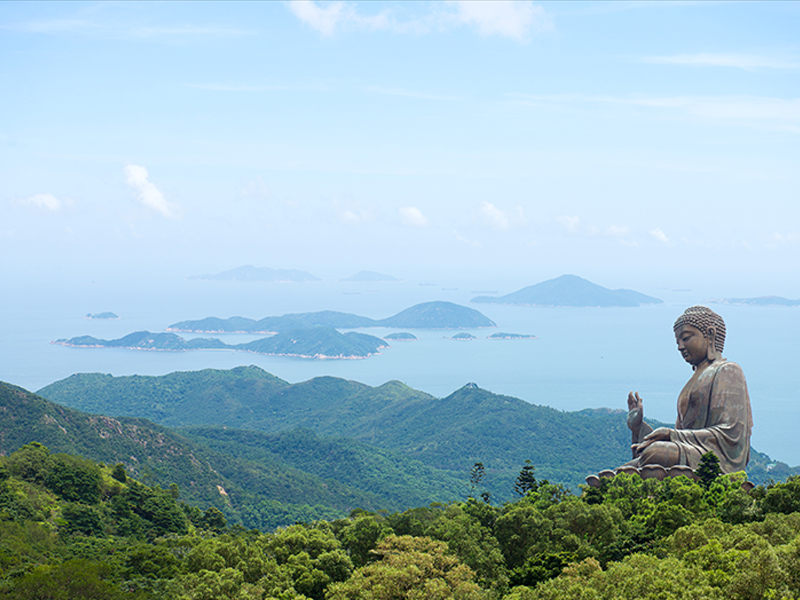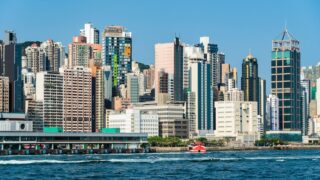Planning on visiting Hong Kong? Read our list of travel tips so you can make the most of your time here. We cover everything from packing advice to the best way to use public transport to visit Hong Kong tourist spots. There’s also shopping, dining and hiking!
#1 Learn a few Cantonese phrases
Knowing some of the lingo of a place can really add an extra dimension to your travel experience. And though Cantonese can be challenging for a first-timer – there are six different tones, for one thing! – getting a few basic phrases under your belt is very doable.
Here’s one for starters: “Nei hou” – that means “hello”. If you want to thank someone, you have a couple of options: “mm goy” and “doh jeh”. The first is used as a regular thank-you (to a shop assistant or waiter, for example) who has done something or given you something you asked for; the second is used when a person gives you a gift.
One fun way to get a feel for the sounds of Cantonese while also learning more about the culture is to watch a few Hong Kong films. (Make it a Bruce Lee film – then visit his statue along the Avenue of Stars in Tsim Sha Tsui when you’re here!)
#2 Always bring a jacket
While any time of year is good for visiting Hong Kong, bear in mind that the summer months (June to August) can be hot and humid. However, while you might be tempted to pack mostly swimwear and sarongs for summer, you do need to watch out for the air-conditioning! The AC can be fierce inside shopping malls, cinemas and public transport in Hong Kong. So bring some warm layers too.
#3 Be aware of typhoon signals
Spring and summer in Hong Kong can bring typhoons (most commonly between July and September), but there’s a warning system in place to help keep everyone safe. The system grades typhoons with a number from 1 to 10. So, Signal No. 1 (or “T1″), for example, refers to a tropical cyclone that’s still a long way from Hong Kong but may affect the territory. At the other end of the scale, the very rare Signal No. 10 (“T10”) denotes strong sustained wind speeds above 118kmh and destructive force.
Services and transport can be affected by typhoons, with some closures according to signal strength. At the T8 level, shops and services may close, but chain restaurants and the MTR (“Mass Transit Railway” – Hong Kong’s fast and efficient subway and rail system) continue to operate. At T9 or above, stations that are above ground – Kowloon Bay and Kwun Tung, for example – will close, and visitors should stay indoors (at home, their hotel or some other safe place).
There are around six typhoons in Hong Kong each year, on average, but fortunately most are only mild. If you’re visiting in spring and summer, the HKO app can be useful for weather warnings about thunderstorms, rain and typhoons.
#4 Get an Octopus card
An octopus can reach just about everywhere, and that’s the idea of Hong Kong’s well-known Octopus card, a multi-purpose card (physical or digital) that you can use to pay for any public transport across Hong Kong.
The card is much more than just a way to ride a train, tram or ferry, however. You can also use it to buy cinema tickets, items from vending machines, goodies from convenience stores and supermarkets, and even full meals and drinks at dozens of different restaurants and chains. A good place to buy an Octopus card is at the 7-Eleven at the Arrivals Hall of the airport. Cards can be topped up at any 7-Eleven or Circle K store, as well as at MTR stations and via the Octopus app.
By the way, if you’d prefer not to carry a physical card, opt for Mobile Octopus instead. Just download the Octopus for Tourists app and you can tap-and-ride and top up directly from a credit or debit card without queueing. You can also easily apply for a refund of the remaining value when you leave Hong Kong.
#5 Ride the Airport Express and enjoy a free MTR connection
If you’ve got your Octopus card sorted, a great way to put it to use for the first time is on the Airport Express. This is part of Hong Kong’s extensive MTR train network, and it takes you from Hong Kong International Airport to Central in just 24 minutes.
Aside from being a quick trip, you also get the benefit of a free interchange on the MTR. Whether you get off the Airport Express at Hong Kong, Kowloon or Tsing Yi, you can jump on the MTR to your final destination and you won’t pay for that second leg. (Find out more here.)
#6 Slow down to see more of the city
Hong Kong has some traditional modes of transport that make for a unique way of seeing the city in a wonderfully unrushed fashion. The Star Ferry is a great example.
Founded 135 years ago, the service continues to shuttle commuters and tourists from Central and Wan Chai to Tsim Sha Tsui’s Clock Tower. Views of both Hong Kong Island and Kowloon are amazing, and the journey across the harbour costs as little as $2.60! The Star Ferry and other Hong Kong ferries all accept Octopus.
Another atmospheric “old-school” option is the tram (or “ding ding” as it’s known locally). A great way to get a feel for the busiest part of Hong Kong Island is from the top deck of a tram, and it’s a flat fare of just $3.
#7 Download MyMapHK for hiking
Exploring Hong Kong’s stunning country parks on foot is a must-do, whether for a simple stroll in nature or something more adventurous. Whatever distance you decide to cover, MyMapHK is a useful all-in-one app for getting your bearings. It provides convenient access to official maps published by the Lands Department, with all the info you’ll need about public facilities near your location.
You can search for a route from one point to another, use map tools for measuring and magnifying, share your current map view with others and more. And the app is just as useful for navigating city streets as a foray into nature. There’s even an Old Hong Kong setting that shows how the city used to be laid out compared to your current location.
MyMapHK is a free download. (Just be sure you disable Data Roaming if you’re here from overseas so you don’t get charged for using data!)
#8 Eat like a local by trying authentic food and drinks
Prepare to eat well! Hong Kong is one of the world’s great food cities, and you can enjoy a vast range of dining options, from a simple bowl of noodles, to a pineapple bun or egg tart at a bakery. And while you’ll find iconic roast meat shops everywhere around the city, with char siu pork, duck and goose hanging in the window, these days there are lots of great vegan options too.
Another quintessential local eating experience is visiting a cha chaan teng (“tea restaurant”). These no-frills, quick-paced diners generally have menus with pictures and English, and they serve tasty and filling dishes. One classic order is baked pork chop rice (guk ju pa fan) – comfort food at its best! For a drink, make it a cup of Hong Kong milk tea, or a quirky bubble tea.
#9 Take shopping to the next level (and bring your own bag!)
Hong Kong is a retail mecca, with countless big shopping centres, from IFC and Pacific Place on Hong Kong Island to Elements and K11 in Tsim Sha Tsui, and Festival Walk in Kowloon Bay. Causeway Bay and Mong Kok are also great shopping hubs – at the latter, don’t miss the Hong Kong Ladies’ Market.
Speaking of markets, the revitalised Central Market opened in 2021, taking an 80-year-old heritage building and transforming it into a hotspot of shopping, dining and leisure. And PMQ is another transformed historic site – once the Police Married Quarters, today a destination filled with boutiques, studios, pop-ups and F&B.
There are markets for specific needs too, if you’re on the hunt for anything from flowers to artworks. For electronics, head to the computer centres in Wan Chai or Mong Kok.
Another tip: bring your own shopping bag. The levy on plastic bags in Hong Kong was doubled to HK$1 in December 2022 to encourage people to carry reusable bags and do the right thing by the environment.
#10 Use the Water for Free app
Another initiative that helps the environment while also being super handy for visitors is the Water for Free app. Just download the app and it will point you in the direction of the nearest fresh water drinking fountain wherever you are in the city. The app lists over 1,500 water dispenser locations, with the aim of radically reducing the among of plastic used in Hong Kong and the resulting issues of plastic waste pollution. All you need to do is bring a refillable water bottle. Then launch the app and you’re set. We’ll drink to that!
For more travel tips and a handful of cool insider things to do, see our list here.
Head to our Living in Hong Kong section for more about tourist spots in Hong Kong? Or go here for more travel tips!

